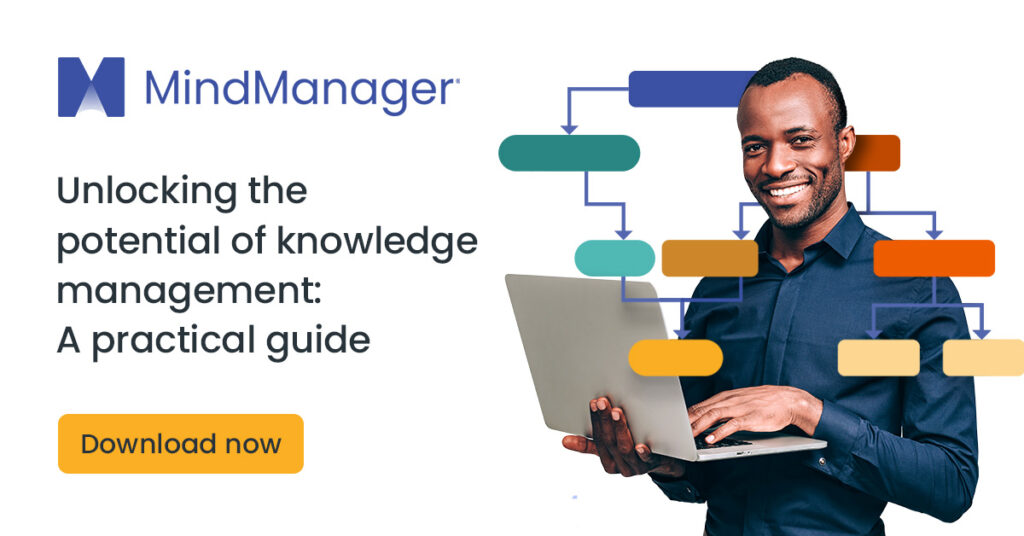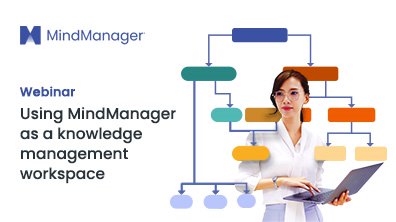Knowledge transfer is the process of transferring knowledge, skills, experiences, and other forms of information from one person to another. It’s a form of communication that helps people learn new skills more efficiently and can increase their understanding of specific topics.
Knowledge transfer can occur through formal activities such as training and mentorship programs or informally when people share their experiences. In addition, organizations often put together a knowledge transfer plan to ensure that essential data and information aren’t lost over time.
This organized approach to transferring knowledge from person to person ensures that critical information is conveyed and shared efficiently. Moreover, a knowledge transfer plan can help with specific tasks such as onboarding new employees, training existing staff members on new topics, or moving team members to different areas of expertise.
A successful knowledge transfer plan encompasses what knowledge or intellectual capital needs to be shared, from where (the sources) and why (the reasons). When done correctly, a knowledge transfer plan will increase an organization’s productivity, innovation, employee retention, and so much more.
Often, organizations will use different tools and software to ensure knowledge is being transferred appropriately. MindManager® is a data visualization and mind mapping software that organizations can use to capture, store, share, and expand on company knowledge and information.

How to capture knowledge with a knowledge transfer plan
Many agree that one of the best ways to capture knowledge is to encourage learning by doing. Learning by doing is a method of understanding information that emphasizes a hands-on approach and practice to better comprehend and retain the material.
This learning style involves an active process where users engage with material through exploration, project work, problem-solving activities, and collaboration. Learning by doing can help to retain information because it enables individuals to gain knowledge through interaction and experimentation.
MindManager’s mapping templates can help users retain information more efficiently while encouraging learning by doing. For example, a process map template can help you track your work to use that knowledge for future projects. In addition, process maps help organizations better understand the processes in place within their company and identify opportunities for improvement.
Here are a few commonly used process map templates available in MindManager:
Value stream maps
Value stream maps help organizations identify and improve the processes that create a product or service. By tracking the flow of information and materials within a process, you can optimize tasks and bring more value to your customer base.
Value stream maps often have two parts, a current state that shows how a process is functioning right now and a future state that depicts how it could be improved.
Swim lane diagrams
Swim lane diagrams break down the activities, roles, and responsibilities required to complete a specific process. These diagrams are beneficial when trying to troubleshoot communication blockages, task redundancies, and gaps in the current workflow.
Flowcharts
Flowcharts visually represent a process or workflow within an organization. In flowcharts, each step in a process is connected by arrows that show the direction the workflow moves in.
Flow charts can be as simple or more complex as needed. Additionally, flowcharts enable organizations to identify bottlenecks in workflows, explain complex processes, visualize workflows, and brainstorm ideas.

7 benefits of knowledge transfer plans
Providing your organization with a solid knowledge transfer plan can ensure your company will stay profitable and prosperous well into the future. Below are eight benefits you can expect to enjoy if you implement a knowledge transfer plan:
1. Improved team collaboration
Knowledge transfer plans are designed to facilitate and streamline information sharing between teams or departments. Easily sharing and accessing information enables employees to collaborate on projects seamlessly.
2. Increased employee satisfaction
When knowledge transfer initiatives are successful, employees feel more connected to their job. Often, they will have a greater sense of work satisfaction and ownership over the projects they’re working on. In addition, increased employee satisfaction frequently boosts innovation and productivity, which can help your organization succeed.
3. Improved cost savings
Having a successful knowledge transfer plan in place can reduce organizational costs. That’s because companies don’t have to spend extra time and money recruiting new staff for tasks that employees could handle internally.
Furthermore, knowledge transfer plans ensure that essential processes are documented and that employees can access the information they need when they need it.
4. Better quality assurance
When information and knowledge are streamlined, employees won’t be left without the critical data they need to problem-solve and make decisions. In addition, by ensuring that everyone is familiar with new products or services, organizations can improve the overall quality of their products and processes by securing fewer misunderstandings or errors.
5. Strengthened cultures of learning and development
A thoughtful approach to transferring knowledge ensures that employees who participate in knowledge transfer activities develop new skills and become better-rounded professionals. It can give users access to first-hand insights into different roles within the organization, strengthening the company culture of learning and development.
6. Speedier onboarding processes
Using a comprehensive knowledge-sharing program means that organizations can make onboarding and offboarding employees simple.
When onboarding, essential information can reach the new hires faster so they can get up to speed and avoid wasting precious time. On the other hand, offboarding can run more smoothly when there is a well-laid-out process plan, which can help to avoid any negative situations or legal issues.
7. Improved risk management practices
An effective risk management strategy developed and shared through a knowledge transfer plan can ensure that accurate communication between departments regarding potential risks is addressed. When different teams of employees are aware of potential dangers before decisions are made, or investments are pursued, you can often avoid serious issues.

How organizations can use MindManager for knowledge transfers
MindManager features a suite of customizable templates your business can use to aid knowledge transfers. For instance, you can use MindManager’s workflow diagram templates to map existing business processes in order to share them or transfer that knowledge to others. What’s more, when creating your process map from a template, you can leverage MindManager’s easy-to-use drag-and-drop feature to streamline your team’s process mapping efforts.
MindManager also features cross-platform co-editing abilities, enabling team members to create, edit, and share process maps easily. Team leaders can also use this feature to solicit feedback from project stakeholders throughout the process mapping procedure, ensuring accuracy and that everyone is on the same page.
Explore MindManager today to see how you can streamline the knowledge transfer process at your organization. Also, check out our free webinar or e-book to understand more about knowledge management!

